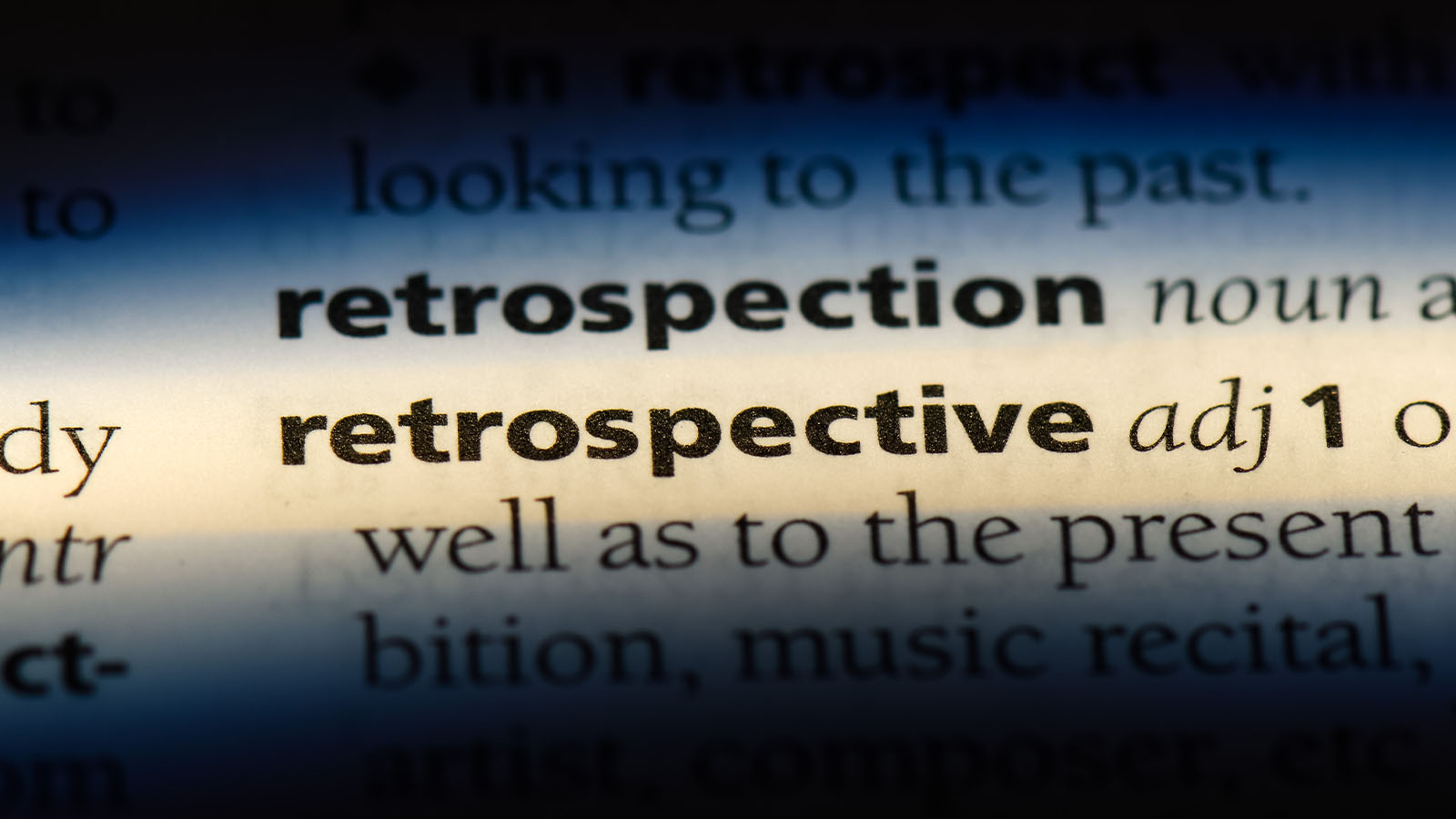1 min read
AI Personalization Is Redefining Retail: Cedric Chereau's Insights
Cedric Chereau of EagleAI shares how AI-driven personalization is shaping the future of retail by unlocking value, loyalty, and data-led experiences.
Get the latest insights, research and news delivered straight to your inbox.
Plus, enter to win the 2nd edition of Omnichannel Retail by Tim Mason & Sarah Jarvis!
No spam. We promise. 💜
Featured Case Study:
See how Eagle Eye helped Giant Eagle relaunch myPerks, delivering 25M+ personalized offers monthly and boosting loyalty program ROI.
Contact us to find out how we can enable your teams on our platform.


Retrospectives first appeared for us when we adopted agile ways of working back in 2016. Fast forward to today, some of our sprint teams have them every sprint, some have them monthly, some factor time into their daily stand-ups and yes, some no longer have them. Beyond our sprint teams, retrospectives are common across different areas of the business such as Delivery and Sales.
Retrospection is defined as "the action of looking back on or reviewing past events or situations." A retrospective is a feedback opportunity with and for the team where the team looks back on a period of time to reflect on what went well, what didn't, and how they can improve.
"At regular intervals, the team reflects on how to become more effective, then tunes and adjusts its behaviour accordingly."
Most retrospectives involve open questions by numbers, so the start/stop/ continue retrospective is three open questions:
split into three columns for feedback and discussion as a team.
The typical format for a retrospective is to set the scene as a safe space and give the team some quiet time to pause and reflect. Then, discuss and group the points raised as a team to gather insight and identify what the team can try to make their lives simpler/faster/better.
The question which sparked this blog was "what are the top ten retrospectives." This would always be subjective so I decided to add some context to the proceedings.
I count ten retrospectives scattered in there with some creative license. These are just some of the different ways you help your teams to engage or re-engage with retrospectives.
Retrospectives are feedback opportunities for the team. Feedback should be FAST:
Frequent, Accurate, Specific, Timely
Feedback is best in the moment. Regular feedback beats sporadic or no feedback. Retrospectives where insight is gathered or actions identified but not acted on are wasteful. The right retrospective, at the right time with the right people, can help the team to reconnect, recharge, regroup, or reset.
I have a fondness for retrospectives and think they should be encouraged. Perhaps more than any other event, they can help with a team's identity and growth. Moreover, they can help to drive meaningful change in and also beyond the team.
I have seen first-hand how a bit of planning and creativity upfront can have an energising effect on the team so think BIG and be prepared to mix it up. I think it's time for us all to get our retrospective mojo back and get your retro groove on.
Get the latest insights, research, and news delivered straight to your inbox.
Plus, enter to win the 2nd edition of Omnichannel Retail by Tim Mason & Sarah Jarvis!
No spam. We promise. 💜

1 min read
Cedric Chereau of EagleAI shares how AI-driven personalization is shaping the future of retail by unlocking value, loyalty, and data-led experiences.

3 min read
Learn the 4 elements driving modern retail success, from loyalty programs to AI and retail media networks. Insights from leaders at Petco and Google Cloud.

1 min read
AI is transforming retail with real-time personalization, predictive insights, and smarter decisions that improve loyalty, customer experience, and ROI.